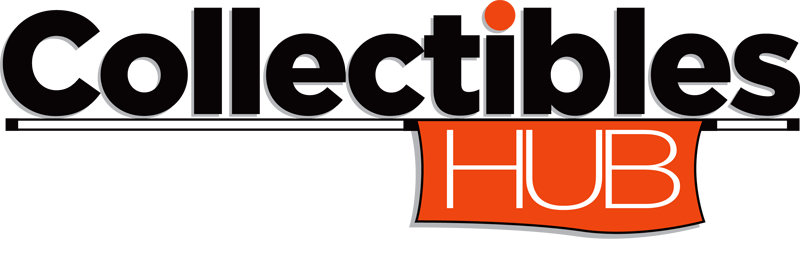by admin | Aug 19, 2016 | Popular Topics, Other Topics
The antiques market can be volatile at best. The value of an object can fluctuate rapidly – sometimes in as little as a day. Its value depends on demand. If you have a rare antique, or are thinking of purchasing one, there are three pricing categories you need to understand. The first is an objects retail value – this is the price it would bring in an antique store or any retail setting. If you were selling directly to a dealer, you would receive about half of the retail value; if sold on consignment, you would receive the retail price less any fees the dealer charges. The second category is its auction value – the price it would bring in an auction. The final amount depends on the competition among the bidders, which may or may not be spirited. There is some protection for the owner, as a minimum price can be set. The auctioneering firm will deduct a fee for its services. The third pricing tier is an object’s insurance value – what a reputable appraiser recommends it be insured for in the event of loss or damage.
by admin | Aug 19, 2016 | Popular Topics, Other Topics
Sports card websites have appeared as a way to bring buyers and sellers of sports cards together. Some sites are strictly retail sites, with cards offered and priced by the owner. On these sites, cards are purchased by the owner, and then marked up and resold to consumers. When the owner buys a card, though speculative, it may be for half to one third of its book value. Other sites, while they have a retail component, are also consignment shops. On these sites, card owners are able to list their cards and when they sell, the site’s owner receives a fee – typically ten percent of the sale price.
by admin | Aug 19, 2016 | Popular Topics, Other Topics
Autograph auctions are held and conducted in the same manner as auctions for any other item. The items to be auctioned are gathered, autographs authenticated, starting bids assessed, and auction dates announced. The auction may be either held on-line, at an auction site, or both venues may be used. During the auction, consumers offer to buy the autograph for what they are willing to pay. If someone offers more, other bidders have the option of increasing the bid, or declining further action. At the end of the auction, the highest bidder gets the object. The auctioneer or auction house receives a fee for its services.
by admin | Aug 19, 2016 | Popular Topics, Celebrity Autographs
The value of entertainment memorabilia can fluctuate fairly rapidly. Its value depends on what associations the object has, and who signed it. This can be a tricky endeavor. For example, an autograph from a film star on one item, might not be as valuable as the same artists signature on another. Also, signing increases the risk of devaluation of both the autograph and object – especially if it is an object with a high profile. For example, Dorothy’s ruby-red slippers would not command the price they do if Judy Garland’s signature adorned them like they were a pair of Michael Jordan basketball shoes. Some things do better on their own. The best thing to do is to consult with an expert in the field before getting the signature, and asking for a professional opinion.
by admin | Aug 19, 2016 | Popular Topics, Celebrity Autographs
A record album autographed by The Beatles can bring as much as $5000. There are several factors that need to be in place before reaching this level, which makes the existence of these items rare, and therefore in great demand. First, how many Beatles signed the album? If all four did, then asking price will be higher. Second, what album was signed? Abbey Road is in the greatest demand, followed by Sgt. Pepper, and the White album follow close behind. Finally, make sure the autographs are validated by a recognized agency. Many objects were signed by members of The Beatles staff, and while they have some value, it is not as great as signatures from the band members themselves – this is why authentication is so important.
by admin | Aug 19, 2016 | Popular Topics, Celebrity Autographs
Because of their fame and notoriety, autographs of members of the Rat Pack are in high demand and bring very good prices. Frank Sinatra, Dean Martin, and Sammy Davis, jr., are the most coveted, and the greater the combination of signatures the more valuable they are. Signed collectibles, like photographs, individual album covers, or personal items attributable directly to the star who signed the object can bring thousands of dollars in a competitive market. Regardless of whether you are a buyer or seller, a certificate of authenticity for each signature is of vital importance. This protects both parties in the transaction, ensuring that the autograph is legitimate and the selling (or buying) price justified.
